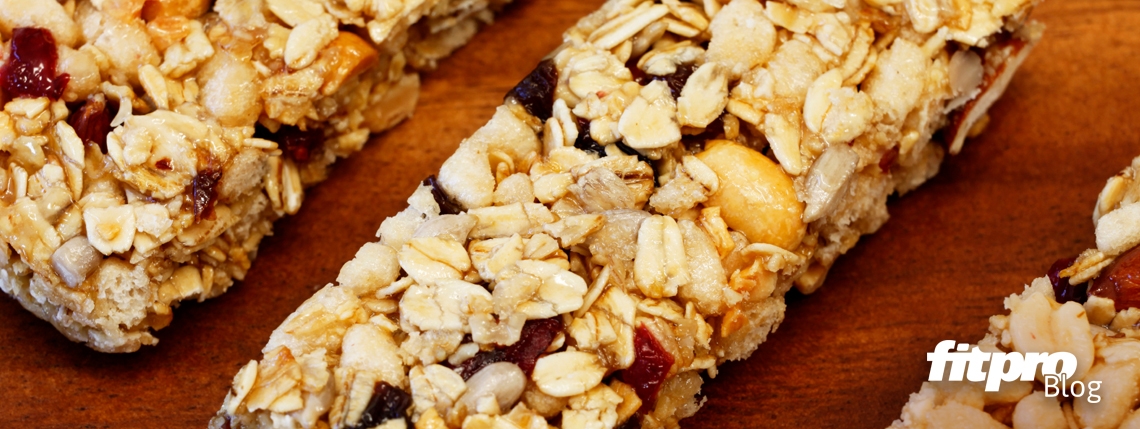Some conscious shopping decisions and eating habits will help you when snacking to do so more mindfully and healthily, writes accredited practising dietitian Amanda Clark.
If you’ve ever eaten biscuits from the packet and seen them disappear before your eyes, you’ll know that
controlling portion size when snacking can sometimes be hard. Spacing energy out evenly over the day determines that the ideal snacking size for weight loss is approximately 100cals/420kJ. Below shows the recommended energy content for other weight-related goals.
Energy content of snacks to suit weight-related goals:
Goal Energy
Weight loss 100cals/420kJ
Weight maintenance 200cals/840kJ
Weight gain 300cals/1260kJ
100-calorie snack ideas
So what constitutes a 100-calorie snack? This list has some convenient snacks for both home and workplace grazing, or to eat on the go. If your goal is weight maintenance or weight gain, then double or triple the snack size accordingly.
Every-day choices (nutritious and delicious)
• 1 large piece of fruit, such as a large apple or medium banana
• 2 smaller pieces of fruit, around the size of a kiwi fruit or plum
• 1 slice of cheese
• 100g yoghurt
• 14 almonds or cashews
• 1 glass of milk or cup of milk-based coffee
• 60g chicken wrapped in lettuce
• 1 boiled egg
• 1 slice of wholegrain bread
• 2 grainy crackers spread with hummus
• 6 carrot sticks with 1 tablespoon of an oily dip
Eight tips to avoid problem snacking
1. Serve out your portion. Don’t eat from the packet – measure out your snack and put the pack away.
2. Pre-plan. If you intend to eat that banana for morning elevenses, there is a good chance that you will, but if there’s no plan in your mind, who knows what other ideas may arise!
3. Stay satisfied. Eat regularly through the day for optimal blood sugar, hunger and mood control – choose morning elevenses, afternoon snack and supper.
4. Eat slowly and mindfully. Pay attention to the flavours, textures, aromas and appearance of your intended snack, consume it slowly and you will feel more satisfied.
5. Check the label. Look for your ideal energy intake and nutritional make-up. Think less than one teaspoon (4g) sugar per 100cal/420kJ.
6. Think about the drink. Avoid calorie-containing drinks if you’re eating, or skip the food and count the drink. For example, a cup of tea with an occasional biscuit or a milk-based coffee on its own for 100cal/420kJ.
7. Set the example. Influence your friends and family. We’re all strongly influenced by what the people around us are doing, so choose to be a leader rather than a follower.
8. Stock up with healthy choices. Clear the cupboards of less healthy options and stock up on the nutritious and delicious every-day options from the list above to make your snacking decisions easier and healthier.
This feature is produced in conjunction with Australian Fitness Network.
Amanda Clark is an advanced accredited practising dietitian from the Gold Coast, Australia and author of The 2018 Australian Healthy Snack Bible, which identifies every-day and occasional portion-controlled snacks among natural and processed foods. Available in print, or digitally as an eBook, from $4.95, at greatideas.net.au
Where to next? Check out fitness initiatives for children over the summer holidays.







